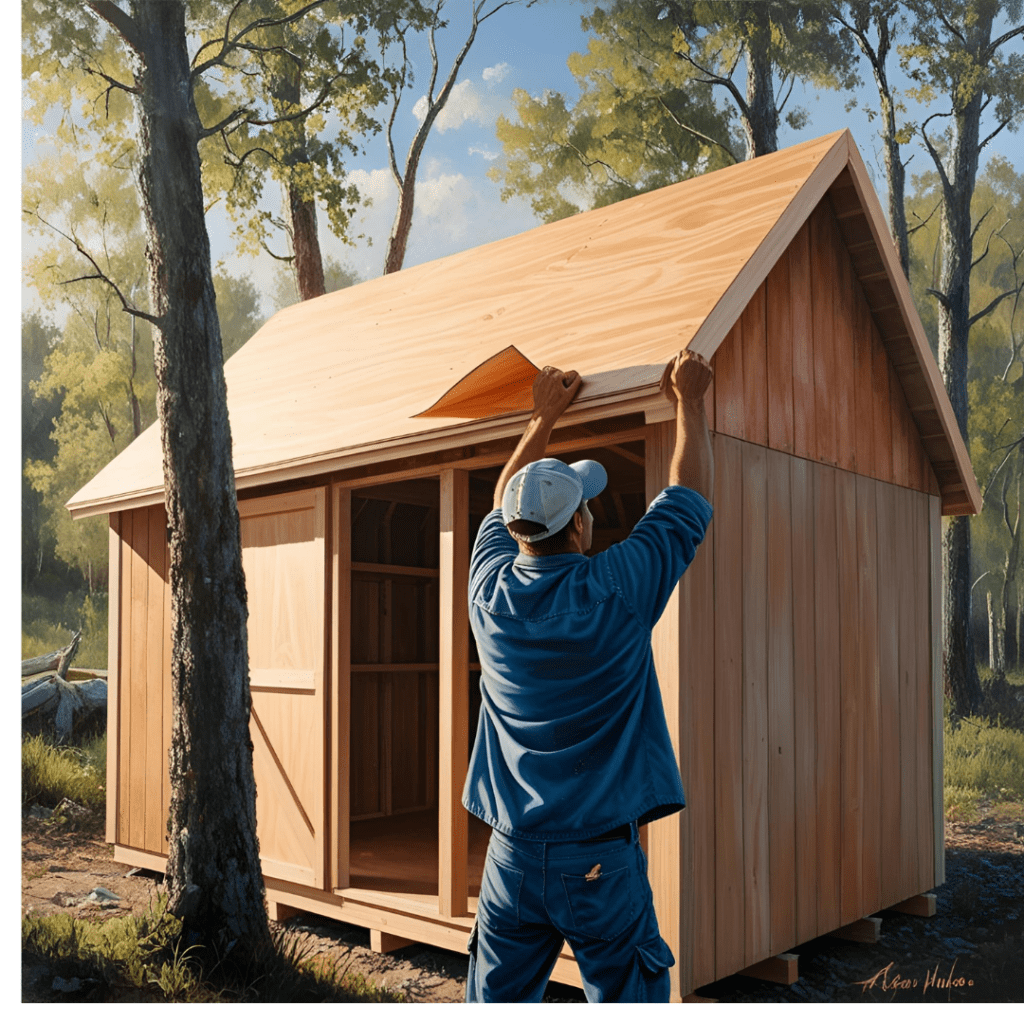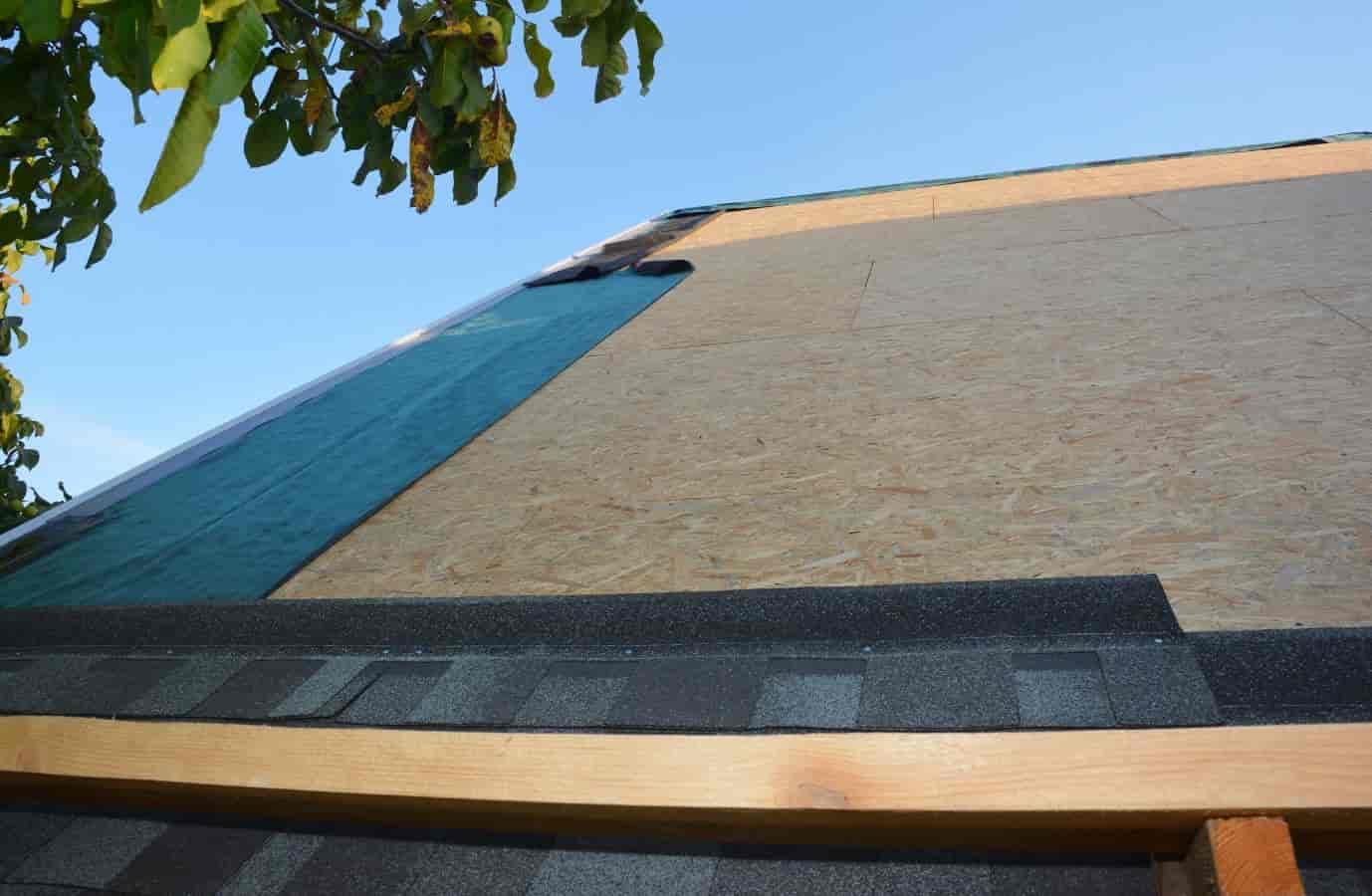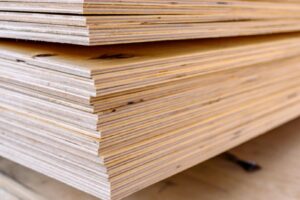If you’ve ever added a new roof to your shed or tried framing out a garage wall, chances are you’ve run into sheathing plywood—whether you realized it or not. It’s not flashy, but it’s essential. In my own projects, I’ve found that having the right sheathing material makes a huge difference in how solid and long-lasting the structure turns out.
Let’s dive into what sheathing plywood really is, when you should use it, and how to pick the right type without overcomplicating your build.
What Is Sheathing Plywood?
At its core, sheathing plywood is a structural building material. It’s thicker and sturdier than your average plywood, made by pressing layers of wood veneer together with a strong adhesive. In many of my builds, especially outdoor ones, I’ve noticed it handles wear and tear better—thanks to fewer knotholes and tighter grain structure.
It’s not the kind of plywood you’d use for show. While technically it can be used for things like cabinet backs or wall paneling, you’d get better results with cabinet-grade or hardwood plywood for those. Sheathing is about strength, not looks.
Is Sheathing the Same as Plywood?
Good question—it’s not. Plywood is the material. Sheathing refers to how that material is used in construction.
Sheathing is the process of covering walls, roofs, or floors with a flat, rigid surface to increase strength, insulation, or both. Most of the time, this is done with plywood or OSB (Oriented Strand Board), but there are alternatives like fiberboard or foam board depending on the need.
Personally, I stick with plywood for anything that needs to hold weight or resist warping—OSB is cheaper, but not as tough in the long run.
Which Plywood Types Work Best for Sheathing?
Over the years, I’ve tried various types depending on budget and location. Here’s what’s worked for me:
- OSB (Oriented Strand Board) – It’s the most affordable, and it works fine for interior walls where moisture isn’t an issue.
- Marine Grade Plywood – A bit more expensive, but ideal when you need serious water resistance.
- ACX Plywood – Great balance of cost and quality, especially for roof and floor sheathing.
- WBP Plywood – Solid option for durability and moisture exposure.
👉 DIY Tip: Always double-check your local building codes. Some areas require specific thicknesses for exterior applications—usually 3/8″ or thicker for wall sheathing.
When Should You Use Sheathing Plywood?
The short answer? Anytime you’re trying to reinforce a structure. Whether it’s your backyard shed roof or the subfloor of a new room addition, sheathing helps spread out loads and make everything feel rock solid.
Here’s a breakdown I’ve used as a rule of thumb:
| Sheathing Type | Purpose | Best Materials |
|---|---|---|
| Wall (Interior/Exterior) | Boosts insulation, rigidity, and helps with sound control | Plywood, OSB, Fiberboard, Gypsum |
| Roof | Distributes weight, provides a base for shingles or roofing material | Plywood, OSB |
| Floor | Supports load-bearing areas and resists flexing | Plywood, OSB |
Is Sheathing Plywood Waterproof?
Not by default—but it can be. Sheathing-grade plywood is generally more water-resistant than basic boards, especially Marine Grade or ACX types.
To protect it, I’ve used epoxy resin or oil-based polyurethane with good success. These sealants do a great job of preventing moisture from seeping into the layers. Just don’t forget the edges—those are usually the first to swell if water gets in.
🔧 Bonus Tip: If you’re sealing plywood for outdoor use, top it off with a UV-resistant coat after the epoxy sets. It’ll help preserve the finish and color.
Can Sheathing Plywood Be Used Outdoors?

Absolutely. I’ve used it on exterior walls, sheds, and even as sub-roofing—but only after sealing it properly. While sheathing plywood can resist moisture for a while, it’s not fully weatherproof unless treated.
Focus on the exposed ends and seams when sealing. Those spots soak up moisture fast if left untreated.
How Strong Is Sheathing Plywood?
Very strong. It’s built to carry weight and resist impact without bowing. I’ve walked across sheathing installed in unfinished attics or garage floors during construction—it’s stable, even under pressure.
Strength depends on thickness and span, of course. Thicker boards (like 3/4″) can hold 40–50 lbs or more. But remember: the thicker it is, the heavier it gets.
🧰 Always make sure your joists or studs can support the additional weight before installation.
OSB vs. Plywood: Which One Should You Pick?
This is one of those decisions that comes down to budget vs. durability. Here’s how I weigh it:
| OSB | Plywood | |
| Pros | Lightweight, cheap, flexible | Stronger, longer-lasting, better water resistance |
| Cons | Swells easily, not ideal for moisture | Heavier and pricier |
| Best Uses | Interior walls or light insulation | Subfloors, roof decking, outdoor sheathing |
If you’re on a budget and working indoors, OSB will do the trick. But for anything that might get damp or needs to support serious weight—plywood wins every time.
Quick Recap: What You Need to Know
- Sheathing plywood is thicker, stronger, and better at resisting moisture than standard plywood.
- Match the type of plywood to your application (roof, wall, floor).
- Seal sheathing edges for any outdoor projects.
- OSB works for light-duty or indoor use; plywood is best for strength and weather exposure.
- Always follow local building codes for thickness and material.
Do you have a sheathing project coming up? Let us know what you’re building—we’d love to help you choose plywood.




